Tips for Safely Cooking, Storing, and Handling Meat
This post may contain affiliate links that won’t change your price but will share some commission.
13 Tips for Safely Cooking, Storing, and Handling Meat
Meat is a staple in many households, but it can be tricky to cook and store safely. If you’re not careful, meat can spoil quickly or even make you sick. In this article, I’ll share 13 tips with you on how to handle and take care of meat, and techniques for safe meal prepping with meat.
Cooking Storing Handling Meat
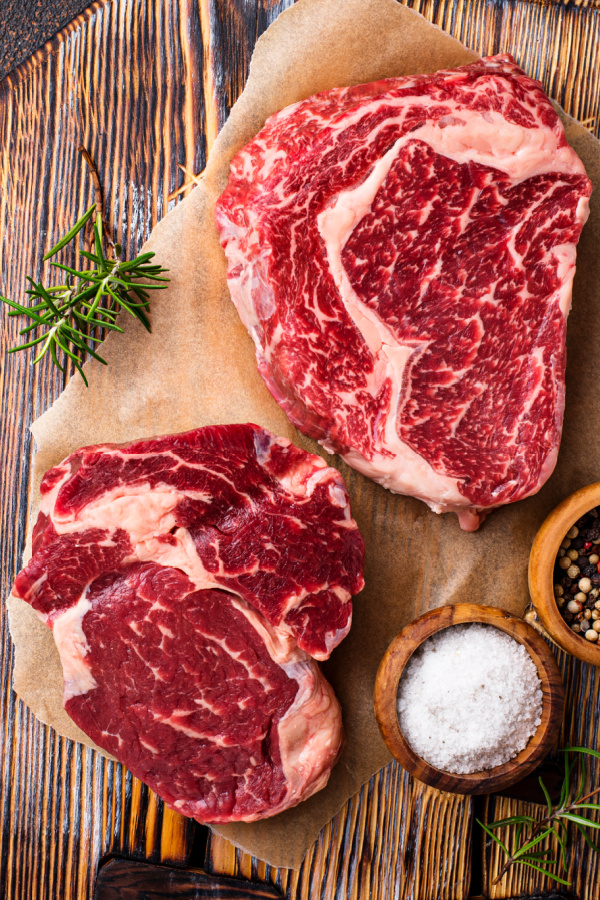
1. Inspect the meat before buying it.
Meat safety is important! Every time you go to the grocery store, make sure to inspect your meat before buying it. Check the expiration date and make sure there’s no sign of spoilage. If the meat is past its expiration date, don’t buy it! Expiration dates are there for a reason, and meat that has gone bad can cause food poisoning. So play it safe and only purchase meat that is fresh. Inspecting meat before you buy it is a simple way to help keep yourself and your family healthy.
2. Choose lean cuts of meat.
When you’re at the grocery store, be sure to choose lean cuts of meat. Lean cuts of meat have less fat, which means they’re less likely to harbor bacteria. When choosing poultry, look for ground chicken or turkey labelled “93% lean / 7% fat” or higher. For pork and beef, look for options that are labelled “loin” or “round”. And when it comes to lamb, the leanest cuts are from the leg or shoulder. By choosing leaner options, you can help to keep your family safe from foodborne illness.
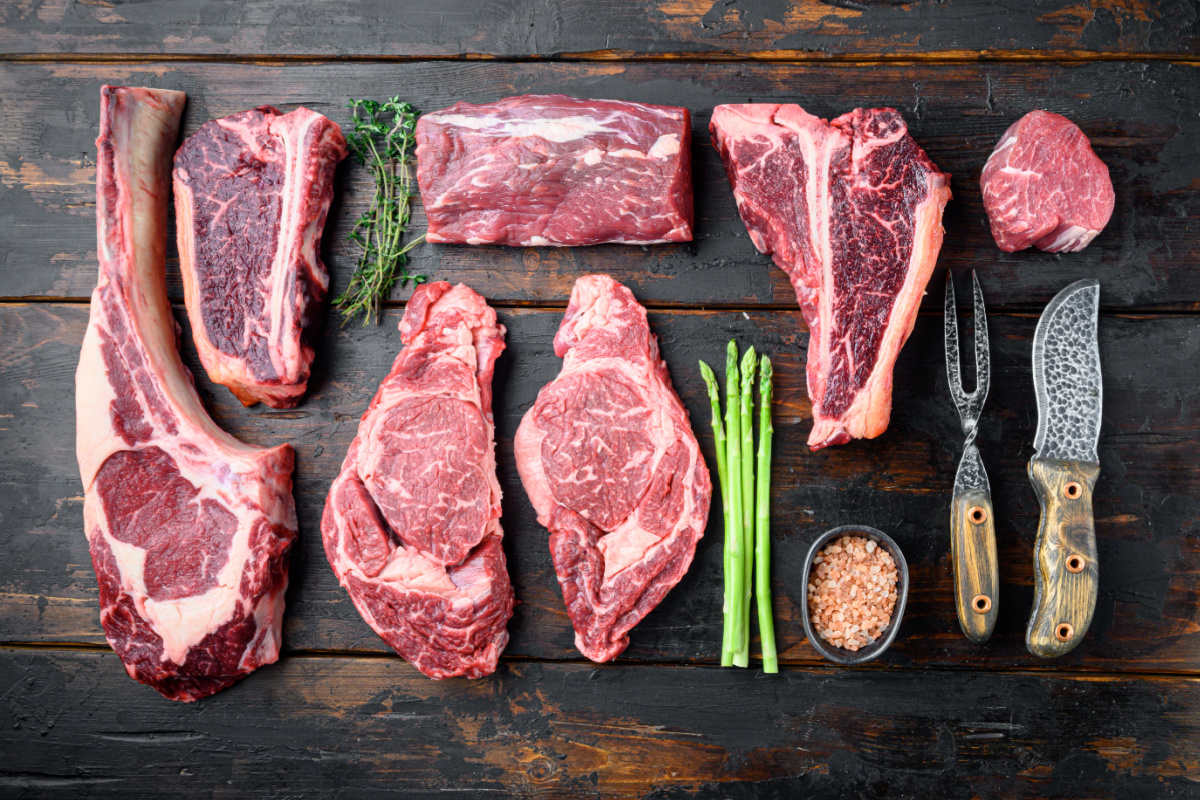
3. Store the meat as soon as possible
As soon as you get home from the store, make sure to put your meat in the refrigerator or freezer. This will help to keep it fresh and prevent bacteria from growing. If you are going to cook the meat right away, make sure to do so within a few hours of bringing it home. Otherwise, store it in the fridge or freezer until you are ready to cook it. By taking these simple steps, you can help to ensure that your meat is fresh and delicious.
4. Cooking Storing Handling Meat. Trim away any visible fat.
When trimming meat, it’s important to take off any visible fat. Not only will this help reduce the likelihood of bacteria growth, but it will also cut back on unwanted calories. When it comes to meat fat, there are two main types: saturated and unsaturated. Saturated fat is the kind that’s solid at room temperature, while unsaturated fat is liquid. Both types of fat are unhealthy in large amounts, so it’s best to trim as much as possible before cooking. In addition to trimming away fat, you should also remove the skin from chicken and turkey. The skin is high in saturated fat, so removing it can help make your meal healthier. By taking these simple steps, you can enjoy meat that is both delicious and nutritious.
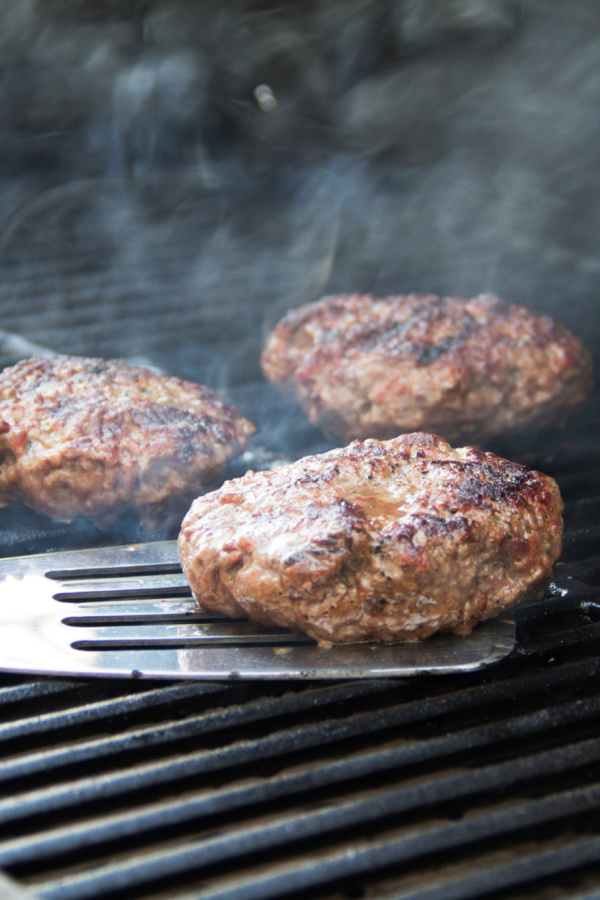
5. Cook meat thoroughly.
Cooking meat thoroughly is critical to food safety. This means using a food thermometer to check that the internal temperature of your meat has reached a safe level. The USDA recommends cooking ground beef to an internal temperature of 160 degrees Fahrenheit, while poultry should be cooked to an internal temperature of 165 degrees Fahrenheit. By ensuring that your meat is cooked through, you can help to reduce the risk of foodborne illness. Cooking meat properly also helps to improve its flavor and texture. For these reasons, it is important to take the time to cook meat properly. When in doubt, err on the side of caution and cook the meat longer rather than shorter. This will help to ensure that it is safe to eat and that you will enjoy the best possible flavor and texture.
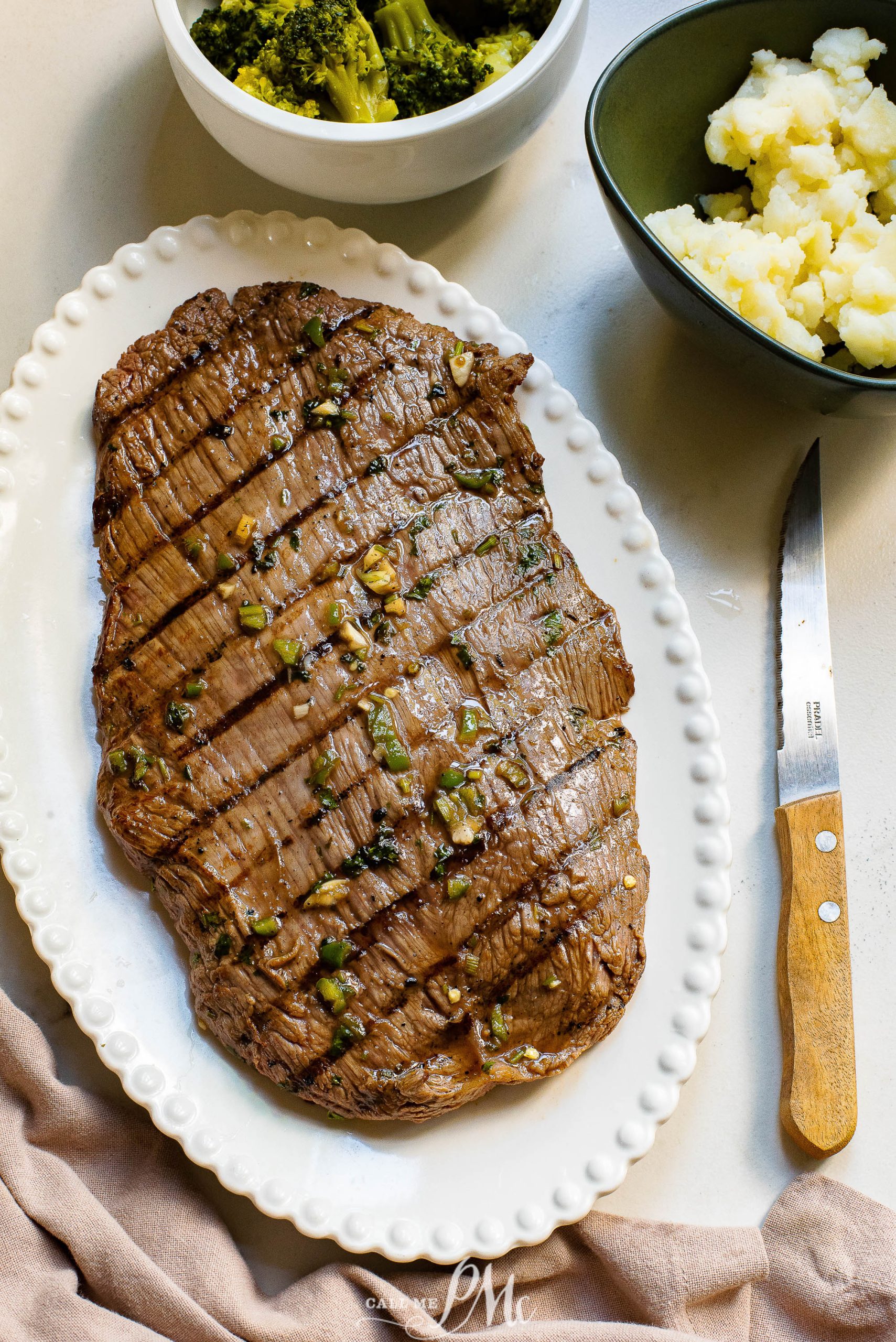
6. Let the meat rest
After you’ve spent all that time cooking your meat to perfection, the last thing you want to do is ruin it by cutting into it too soon. Letting the meat rest for 3-5 minutes before cutting into it gives the juices a chance to redistribute throughout the meat, so that they don’t all run out when you cut into it. This results in a juicier, more flavorful piece of meat that is sure to impress your dinner guests. So next time you’re tempted to cut into that juicy steak right off the grill, resist the urge and let it rest for a few minutes first. Your taste buds will thank you!
7. Cooking Storing Handling Meat. Avoid cross-contamination.
Cooking meat properly is essential to avoiding foodborne illness. However, it’s also important to avoid cross-contamination between raw and cooked meat. Bacteria from raw meat can easily spread to cooked meat, contaminating it and making it unsafe to eat. To prevent this, always use separate cutting boards, plates, and utensils for raw and cooked meat. If you’re handling both raw and cooked meat at the same time, be sure to wash your hands thoroughly with soap and water between tasks. By taking these simple precautions, you can help keep your food safe and delicious.
8. Store leftovers promptly.
When it comes to storing leftovers, promptness is key. Bacteria can grow quickly at warm temperatures, so it’s important to refrigerate leftovers as soon as possible. If your kitchen is particularly warm, consider storing leftovers in a cooler with ice packs until you can get them in the fridge. When it comes to meat, how you store it is especially important. Meat should be wrapped tightly and placed on the lowest shelf of the fridge where it will stay coldest. This will help to prevent bacteria from growing and keep your meat fresh. Following these simple tips will help ensure that your leftovers are safe to eat and tasty too!
9. Cooking Storing Handling Meat. Reheat leftovers thoroughly
If you’re like most people, you probably have a cabinet full of leftovers. But before you go ahead and reheat them, there are a few things you need to keep in mind. First, if your leftovers contain meat, make sure you bring them to a boil before eating. This will kill any bacteria that might be present. Second, for other leftovers (like grilled chicken or steak), make sure they’re steaming hot all the way through before digging in. This will help to prevent food poisoning. So go ahead and enjoy your leftovers – just be sure to reheat them safely!
10. Defrost meat safely
Defrosting meat can be a tricky business. If you don’t do it correctly, you run the risk of bacteria growth and food poisoning. However, if you follow these simple steps, you can safely and effectively defrost any type of meat. The best way to thaw frozen meat is by letting it sit in the fridge overnight. If you need to thaw it faster, place the sealed package of frozen meat in cold water, making sure it’s fully submerged. Change out the water every 30 minutes until it’s thawed. Once the meat is thawed, cook it immediately. Do not refreeze raw meat that has been thawed using this method. Following these guidelines will help you to enjoy your meal without any food safety concerns.
Cooking Storing Handling Meat
11. Don’t wash raw chicken
Many people think that washing raw chicken is a necessary step in the cooking process, but this is actually not the case. Washing chicken can actually spread bacteria around your kitchen, so it’s best to avoid doing it. Any bacteria present on the chicken will be killed during the cooking process, so there’s no need to wash it beforehand. However, there are some steps you can take to handle chicken safely. Make sure to wash your hands thoroughly after handling raw chicken, and clean all surfaces that the chicken has come into contact with. If you follow these simple steps, you can enjoy your meal without worrying about foodborne illness.
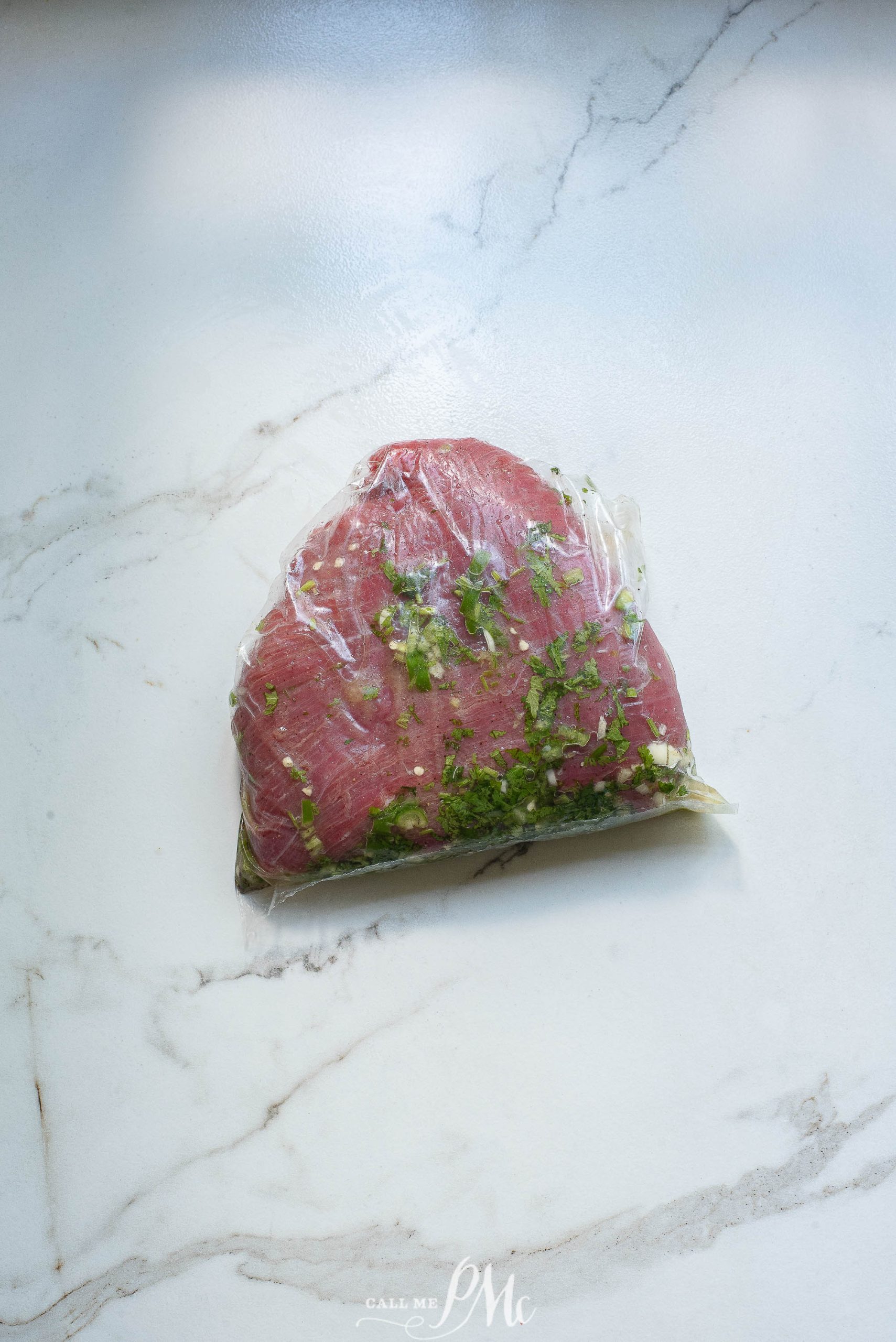
12. Marinate meat in the fridge
One of the best ways to ensure that your meat is flavorful, and tender is to marinate it. Marinating meat allows the flavors of the marinade to penetrate the meat, resulting in a more intense flavor.
Additionally, the acid in the marinade helps to break down the tough muscle fibers in the meat, making it more tender. If you’re going to marinate meat, it’s important to do it in the fridge. If you marinate at room temperature, the bacteria in the marinade can multiply quickly, leading to food poisoning. When marinating, make sure to use a container that is airtight so that your meat stays fresh. To get the most flavor, leave your meat in the fridge for at least 24 hours before cooking. With a little planning, you can create a delicious and healthy meal that everyone will enjoy!
13. Clean up your kitchen after handling meat
After handling raw meat, it’s important to sanitize your prep areas and cooking utensils. First, wash all surfaces, utensils, and your hands with hot soap and water. Then disinfect surfaces with a diluted bleach solution (1 teaspoon per quart of water). Allow dishes and utensils to air dry completely before reusing them.
By following these simple tips, you can enjoy all your favorite meaty meals without any foodborne illness worries! Just remember: inspect your meat, choose lean cuts of meat, store the meat as soon as possible, trim away any visible fat, cook thoroughly, rest the meat, avoid cross-contamination, store leftovers promptly, reheat leftovers , thoroughly defrost safely, don’t wash raw chicken , marinate in the fridge , sanitize prep areas & cooking utensils after handling raw meat! With these guidelines in mind, you’re sure to have a safe and delicious meal.
Read more of my lifestyle content.
- Toasting Pecans – Mastering the Technique
- Meat the best: Top 5 steaks perfect for grilling
- St. Louis Zoo: A safari in Forest Park
- Starbucks secret menu: Unveiling 17 hidden drinks
- 12 easy baking powder substitute options
- 10+ Boozy 21st Birthday Gift Ideas in 2023
- How to prep cook and store fresh basil
- Loudon County BBQ Trail
